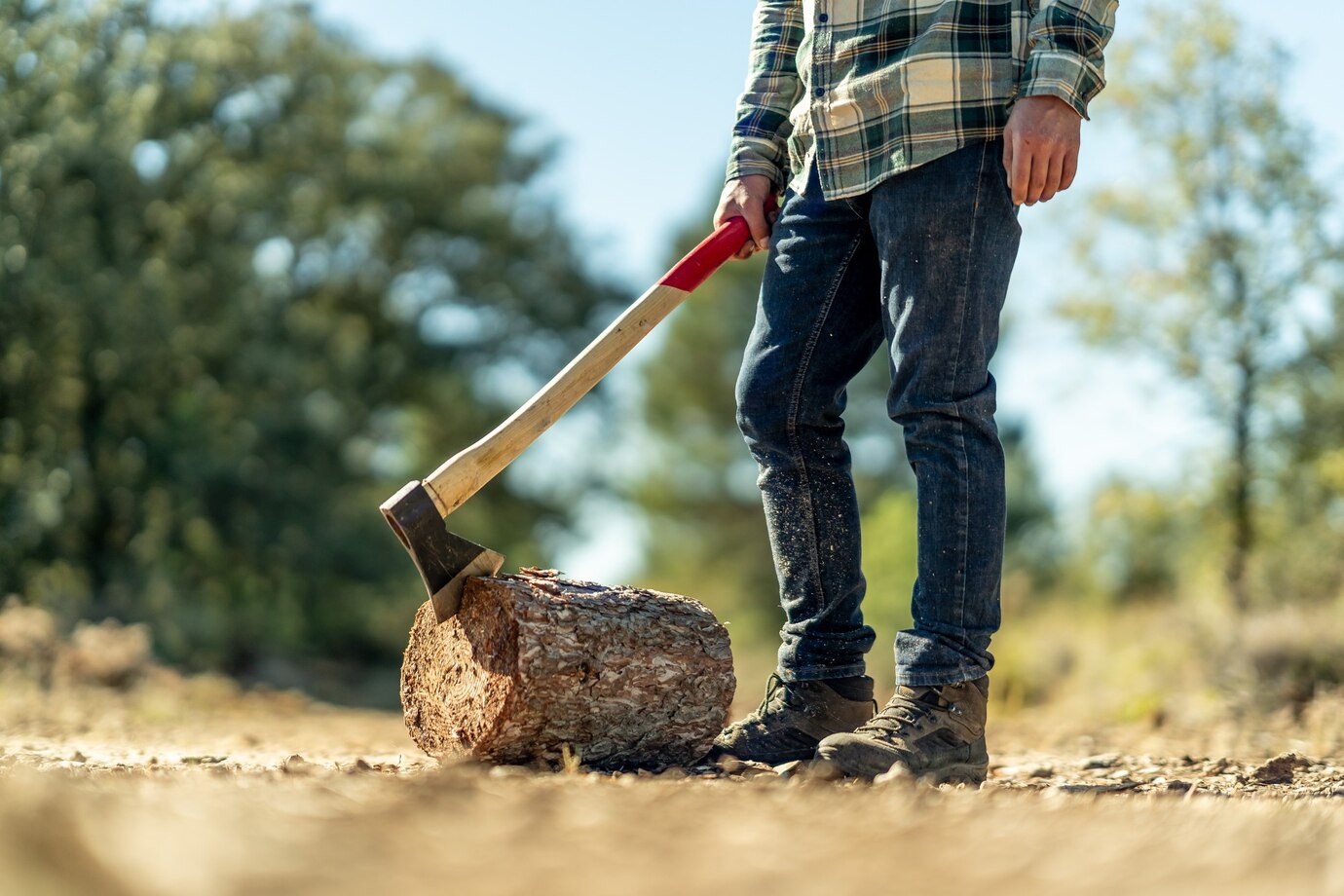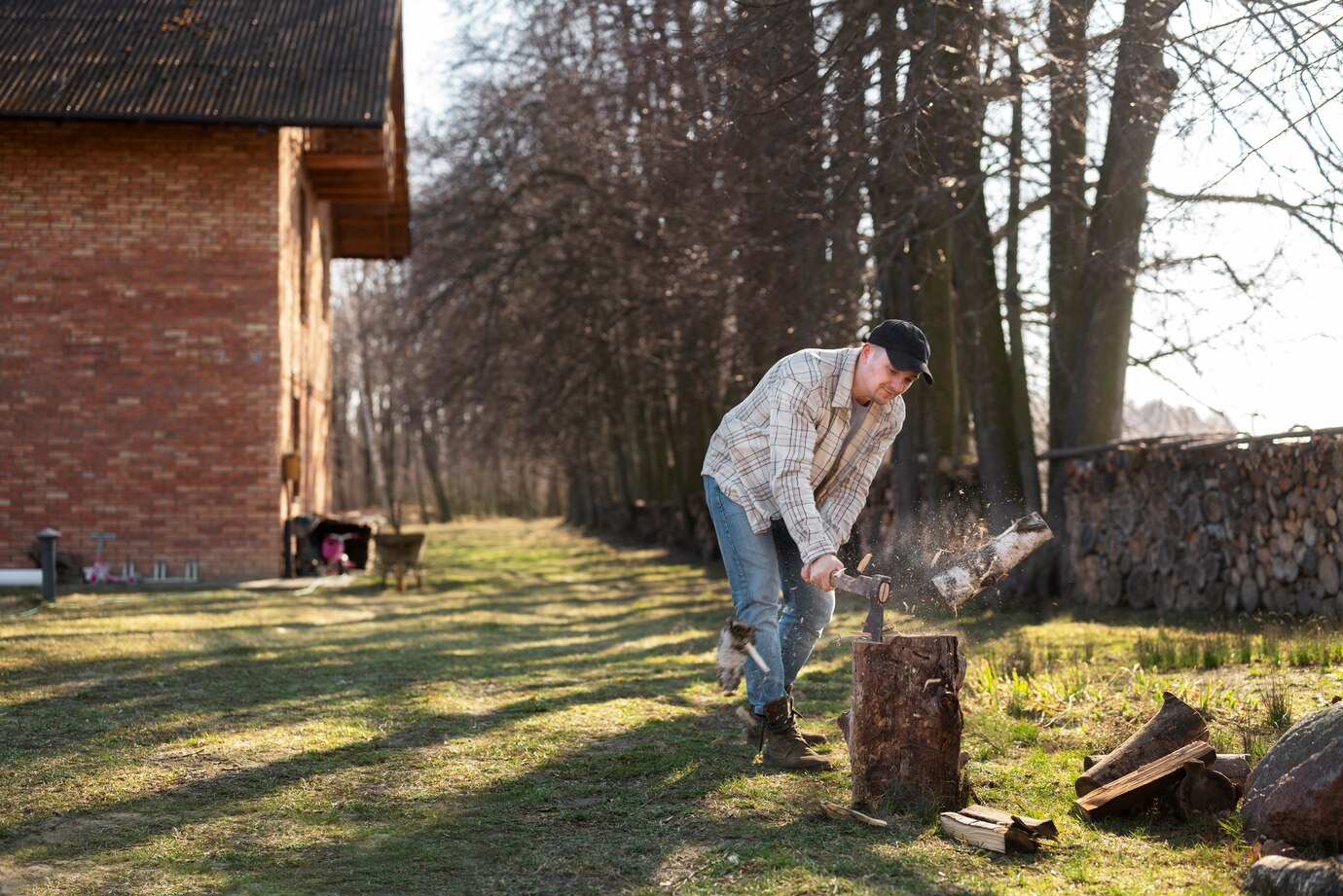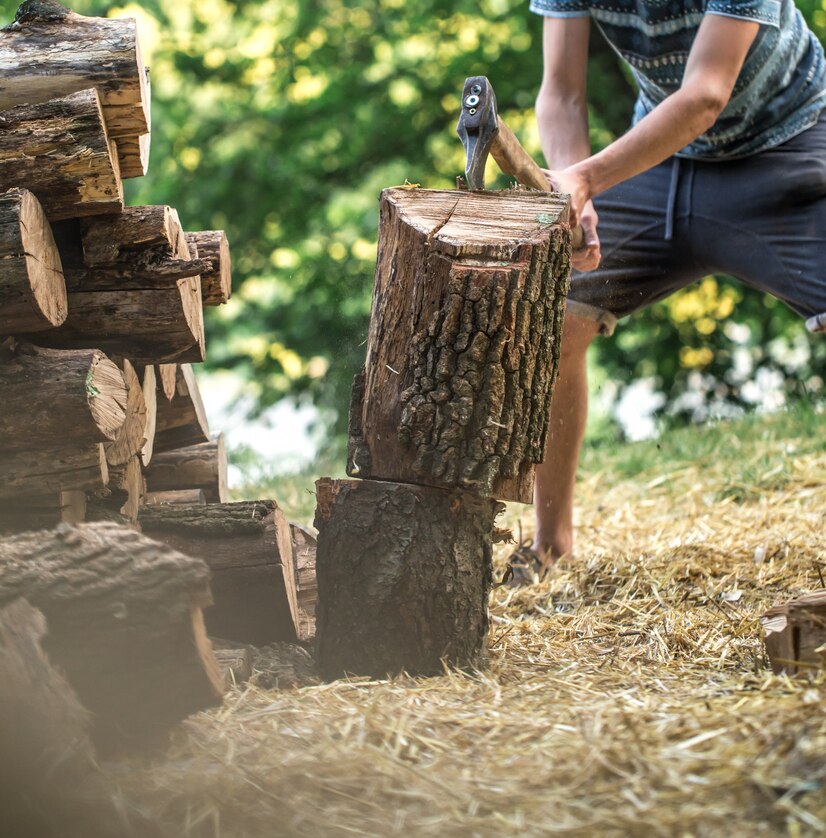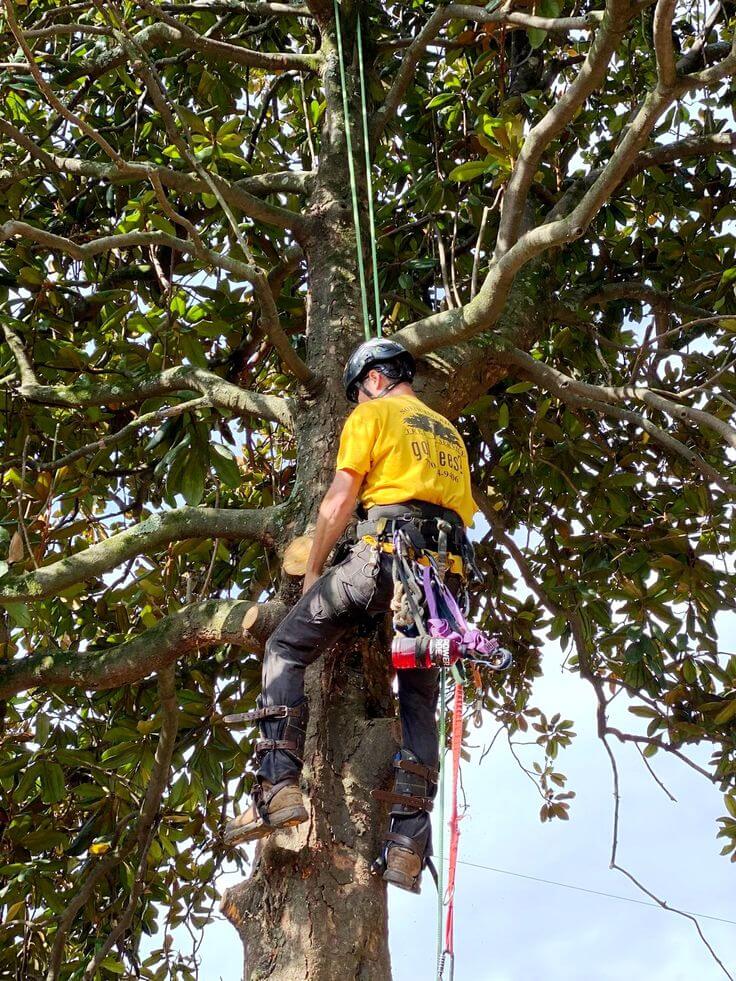Quick Tree Stump Removal: The Ultimate Guide
When you remove a tree, the stump left behind can become a nuisance. It’s more than just an eyesore—it can attract pests, trip people, and even hinder your landscaping plans. This guide provides detailed insights into quick tree stump removal, ensuring you reclaim your outdoor space efficiently and effectively.
Understanding the Importance of Stump Removal
Why Stumps Shouldn’t Be Left Behind
Tree stumps might seem harmless initially, but they come with a host of problems. Over time, they can rot and attract pests like termites, ants, and beetles, which may spread to your home. Stumps also make mowing or landscaping inconvenient and can decrease your yard’s visual appeal.
Common Problems Caused by Tree Stumps
1.Safety Risks: Stumps are tripping hazards, especially for children or during night-time.
2.Pest Infestations: Rotting wood attracts unwanted pests.
3.Obstructed Landscaping: Stumps limit your ability to plant new trees or garden.
4.Potential Diseases: Decaying stumps can spread diseases to nearby plants.
DIY vs. Professional Stump Removal
Benefits of DIY Stump Removal
Tackling stump removal on your own saves money and gives you control over the process. If the stump is small or medium-sized, a determined homeowner with the right tools can handle the job.
When to Call a Professional
Large or deeply rooted stumps often require professional intervention. Experts have access to specialized tools like stump grinders, ensuring safe and fast removal. If the stump is near utilities or structures, professional help is the safer option.
Popular Methods for Quick Stump Removal
Manual Removal with Tools
Necessary Tools for Manual Removal
To manually remove a stump, you’ll need:
• A shovel
• An axe
• A saw or chainsaw
• Sturdy rope or winch
• Safety gear (gloves, goggles, boots)

Step-by-Step Process
• Expose the Roots: Use a shovel to dig around the stump and uncover the root system.
• Cut the Roots: Use an axe or saw to cut through exposed roots.
• Pull Out the Stump: Attach a rope or winch to the stump and pull it out.
• Clean the Area: Fill the hole with soil or mulch.
Grinding the Stump
Renting a Stump Grinder
Renting a stump grinder from a local hardware store is cost-effective if you’re handling a few stumps. Familiarize yourself with its operation before use.
Grinding Process Explained
Clear debris around the stump for safe access.
Place the grinder above the stump and carefully lower the cutting blade.
Gradually grind the stump down in layers until it sits below the surface of the ground.
Fill the hole with soil and spread grass seeds if desired.
Chemical Removal
Using Stump Removal Chemicals
Chemical stump removal is a slower but effortless method. Here’s how:
Create holes in the stump by drilling to a depth of 6 to 8 inches.
• Pour the stump removal chemical into the holes.
• Add water to activate the solution.
• Wait a few weeks for the stump to decompose.
• Timeline and Effectiveness
• Chemical methods may take 4–6 weeks, making it a good option if you’re not in a hurry.
Environmentally Friendly Stump Removal Methods
Natural Rotting Techniques
Natural rotting involves using compostable materials to accelerate decomposition. Cover the stump with soil and organic waste, then keep it moist. Over months, the stump will naturally break down.
Burning the Stump Safely
Burning is another option, but it must be done cautiously:
• Drill holes in the stump.
• Fill the holes with fuel (like kerosene).
• Light the stump and monitor the fire closely.
• Check local fire regulations before attempting this method.
• Safety Precautions to Consider
• Protective Gear and Tools
• Always wear gloves, goggles, and sturdy boots. If using power tools, ensure you’re familiar with their operation to avoid accidents.

Avoiding Underground Hazards
Before digging or grinding, contact your local utility service to check for underground cables or pipes. Accidental damage can lead to costly repairs.
Factors Affecting Stump Removal Time and Cost
Size and Type of Stump
Larger stumps take longer to remove, especially hardwood species like oak or maple, which are denser and more stubborn to decompose.
Accessibility of the Area
Stumps located on slopes, near structures, or in cramped spaces require additional effort and may increase removal costs.
Maintaining Your Yard After Stump Removal
Filling the Hole Left Behind
After stump removal, fill the hole with soil or mulch to prevent uneven ground. Compact the soil to match the surrounding area.
Planting New Grass or Trees
To restore your yard’s appearance, plant grass seeds or install sod. Alternatively, you can plant a new tree or shrub to enhance your landscaping.
Tips for Choosing the Right Professional Service
Comparing Costs
Request estimates from at least three professionals to compare pricing and services. Ensure the quote includes stump grinding, cleanup, and disposal.
Reading Reviews and Testimonials
Customer reviews and feedback offer valuable perspectives on a business’s trustworthiness. Ask for references from previous clients for added assurance.
Conclusion
Tree stump removal doesn’t have to be overwhelming. Whether you choose a DIY method or hire professionals, understanding the options ensures a smooth process. By addressing the stump quickly and maintaining your yard afterward, you can enjoy a safer, more attractive outdoor space.

